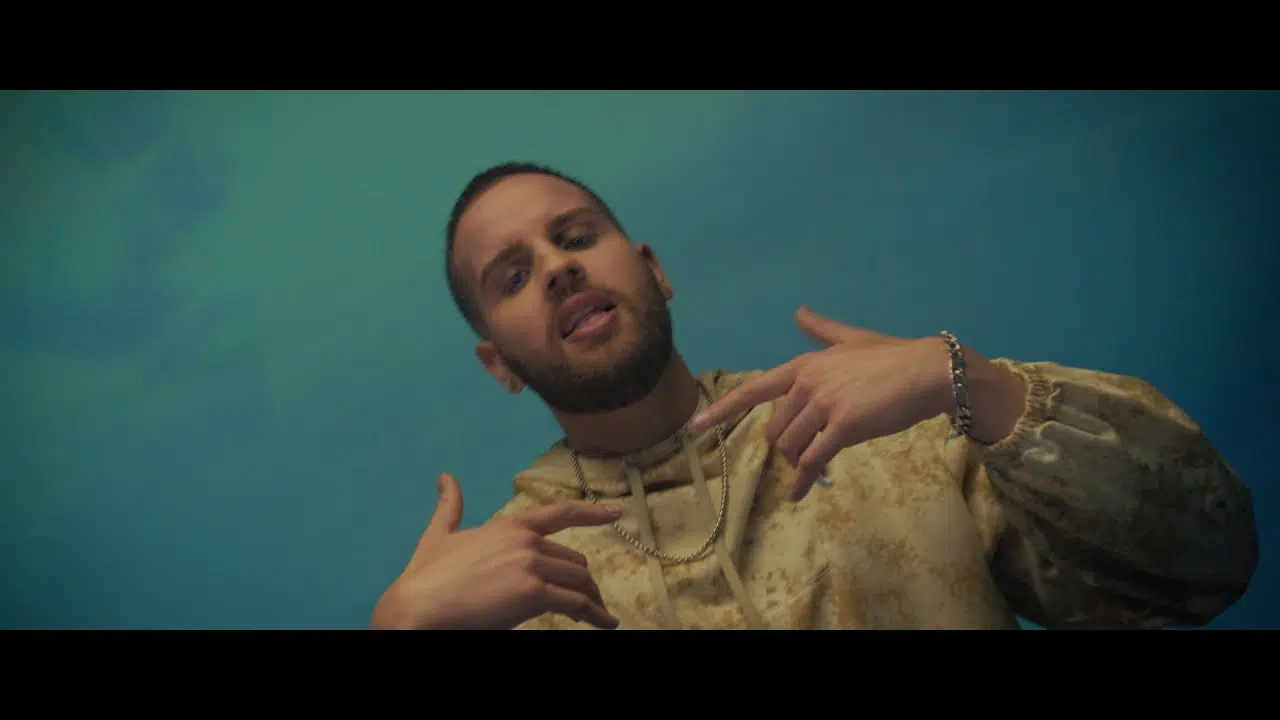Chinese and Japanese Leaders Visit Opposing Capitols in Ukrainian War, leaving many to wonder what the end goal is for all 4 parties in these meetings.
Is there an end in sight for this war?
Japanese Prime Minister Fumio Kishida has made a surprise visit to the capitol of Ukraine, taking advantage of an opportunity to show that Japan will stand with its European partners against Russian aggression. The trip is a rare gesture by a Japanese leader and follows Kishida’s recent summit with South Korea’s president that was the first such meeting since the country’s war with North Korea began.
The trip is a dramatic development in the relations between two nations with close political and economic ties, but also one that raises new concerns for Tokyo. It is the first time a Japanese head of state has visited an opponent in conflict since World War II, and it comes just a week after Chinese President Xi Jinping was on an unprecedented mission to Moscow to present a united front against Western sanctions over Russia’s invasion of Ukraine.
In an official statement released from Tokyo, the Ministry of Foreign Affairs expressed that Kishida’s visit is aimed at firmly rejecting Russia’s unilateral alteration of the status quo through invasion and force. It also highlights his dedication to upholding the rules-based international order. During his trip, he will engage in discussions with Ukrainian President Volodymyr Zelenskyy and will also visit the city of Kyiv.
Leaders meet to hash things out
Despite the limitations of the pacifist constitution that bars the use of military force against another country, Japan has played an important role in supporting Ukraine, donating non-combative military equipment such as helmets and bulletproof vests to its army, and supplying humanitarian supplies like generators. It has also helped thousands of displaced Ukrainians with housing assistance and jobs, a move that is not typical in Japan.
While the war has so far failed to achieve a decisive victory for Ukraine, it has not deterred European support for Kyiv and has shown that the Kremlin’s military is not capable of seizing or holding a large portion of the country. Even though it is unclear whether the fighting will last or how long, Ukraine remains a sovereign and independent state, and its citizens have clearly vowed to resist until victory.
Putin and Xi’s Ukraine peace plan
After the two leaders held a meeting in Moscow, Putin said that Russia and China were working on a peace plan for Ukraine. The Kremlin spokesman told reporters that a “thorough exchange of views took place” during the discussion.
However, Putin and Xi did not agree on details of the peace plan, which would require Ukraine to accept Russian control of its eastern territories in return for peace. The plan includes an agreement for Moscow to stop deploying artillery across Ukraine, and for Kiev to allow Russia to send in foreign troops to clear rebels from the east.
The peace plan is a step toward a full-scale settlement of the war, Putin said, and could provide a basis for the war to end when the West is ready. But Putin warned that a peace plan that included the transfer of weapons that contain nuclear components to Ukraine would be a sign of the West turning its back on the rule of law.


